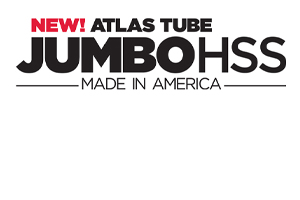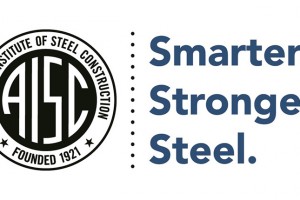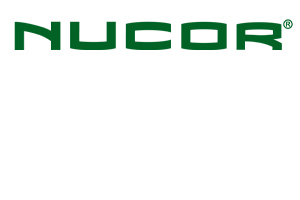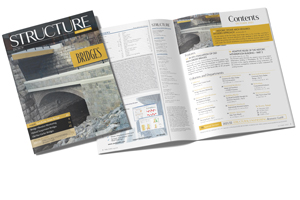A Key Aspect of Changing the DEI Landscape in the AEC Professions
As our industry looks for ways to change its landscape of diversity, equity, and inclusion (DEI), many are primarily focused on the upstream end of “the pipeline” and who enters it. While efforts to recruit from and build AEC awareness within our underrepresented communities are of critical importance, we cannot lose sight of the diverse and talented people working alongside us every day. Action is required to ensure they are supported, sponsored, and included in an authentic, meaningful way.
…









